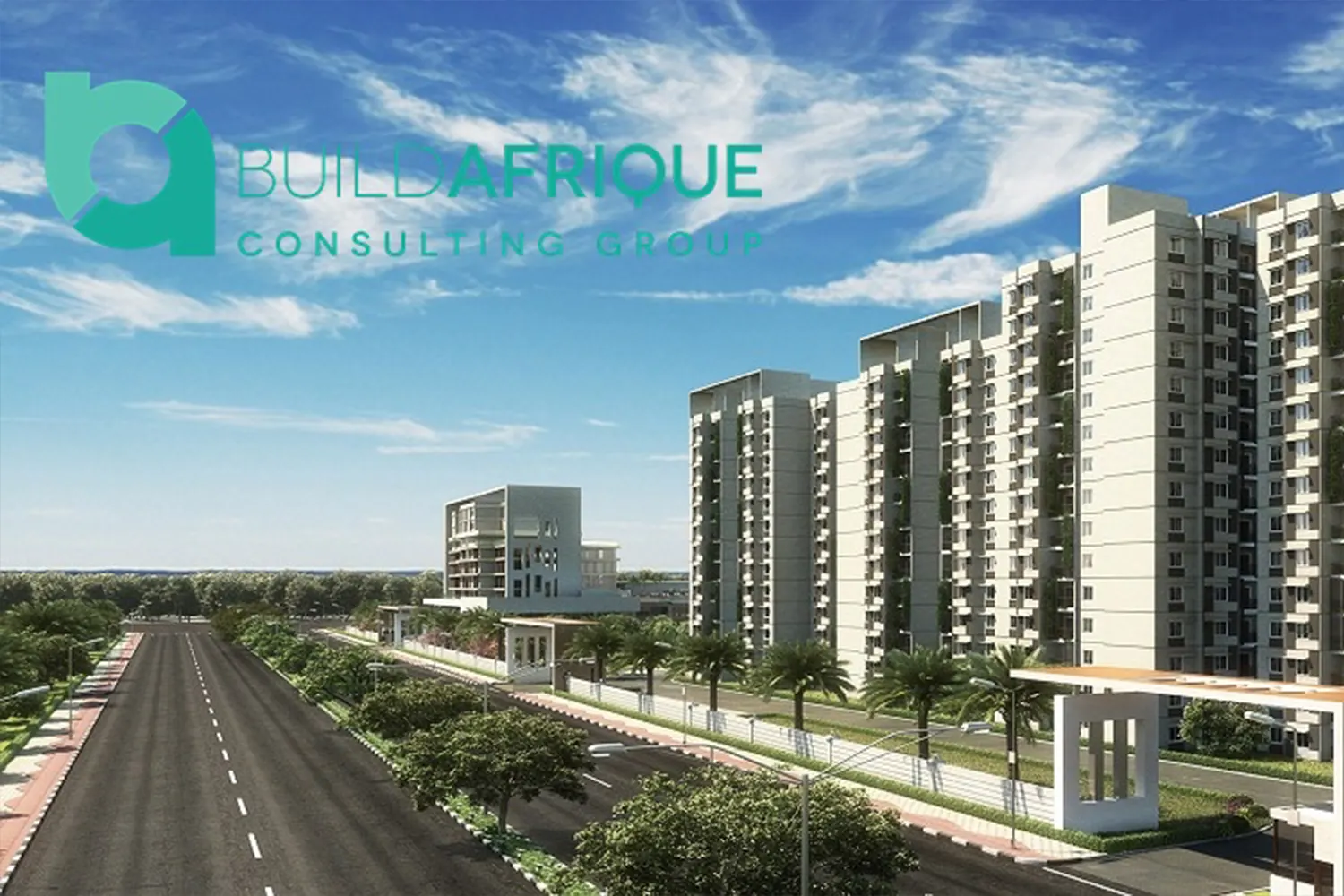Insights
Real Estate in Kenya Satellite Towns – The misconception by Investors for Low Cost Housing, and available Solutions

Satellite towns are relatively new developments which can be defined as large developments nearby larger cities. Developing satellite towns in Kenya include Athi River, Syokimau, Isinya, Juja in Thika, Ruaka, Ngong, Kiserian, and Ongata Rongai in Kajiado County among others. As property prices in the city continue to rise, more people in the low to middle-income class are moving to satellite towns where prices are relatively affordable. The move has played a critical role in curbing the urban sprawl in Nairobi suburbs while at the same time supplementing the mother city expansion. However, various issues relating to diminishing advantages and planning have arisen. Today, we look at the misconceptions in Nairobi’s satellite towns’ real estate.
In a report by Hass Consult, the demand for land by developers saw the prices of land in satellite towns grow to an average margin of 21.4 percent between 2015 and 2016. Juja, Ruiru, and Limuru recorded the fastest growth in land prices among Nairobi’s satellite towns as infrastructure developments attracted land and housing developers. Juja recorded the highest increase in prices by 43.1 percent to Ksh 10 million for an acre of land, followed by Ruiru at 42.9 percent to Ksh 21.3 million, and Limuru at 34.9 percent to Ksh 19.4 million. In comparison to city prices, Nairobi suburbs are profoundly subdued. Between 2015 and 2016, land prices grew by a scale of 5.67%, an indication that land prices in satellite towns are quickly catching up with those in the city suburbs. Other towns that have appreciated in land prices include Ruaka, growing at an annual rate of 32 percent and Thika town at 25.8 percent. Currently, Ruaka is the most expensive satellite town to buy land for development with an acre going for an average price of Ksh 74 million. The increasing costs raise concerns over the affordability of satellite towns, and if it still exists, for how much longer. Instead of bridging the gap between Kenya’s super rich and the low to middle-income earners, satellite towns may serve to widen the gap.
More worrying are the expenses that arise to compensate for the distance and the lack of amenities otherwise available in city suburbs. While dwellers in these areas enjoy relatively lower housing prices, savings made are cycled back into commuter services and fuel to access social amenities and other services in the city.  Additionally, a large percentage of the people living in satellite towns work in the CBD or further. As prices of land and property continue to soar, these residents may have to spend more than city dwellers in the long run when property prices catch up with the city. In developed countries, satellite towns are supported by a strong transport network. Connectivity has been created by the construction of high-speed railway networks backed by massive investments by local & central governments whose funding is not limited as it is in African countries. Such support allows satellite towns and cities to be self-sufficient. In Kenya, small towns are characterized by limited resources & populations, simple industrial structures if any, weak research and development capacities, and modest government budgets. While satellite towns may seem affordable for now, investors and renting residents may need to look beyond the low prices, and consider connectivity, land & property appreciation, and the general cost of living. With increasing costs, the advantage of living in satellite towns is diminishing and the growing development may not be met equally as fast by infrastructure development.
Additionally, a large percentage of the people living in satellite towns work in the CBD or further. As prices of land and property continue to soar, these residents may have to spend more than city dwellers in the long run when property prices catch up with the city. In developed countries, satellite towns are supported by a strong transport network. Connectivity has been created by the construction of high-speed railway networks backed by massive investments by local & central governments whose funding is not limited as it is in African countries. Such support allows satellite towns and cities to be self-sufficient. In Kenya, small towns are characterized by limited resources & populations, simple industrial structures if any, weak research and development capacities, and modest government budgets. While satellite towns may seem affordable for now, investors and renting residents may need to look beyond the low prices, and consider connectivity, land & property appreciation, and the general cost of living. With increasing costs, the advantage of living in satellite towns is diminishing and the growing development may not be met equally as fast by infrastructure development.
In satellite towns where prices of land remain relatively cheap, mostly due to undeveloped infrastructure, planning issues have arisen. In 2012, Kajiado County had to put a blanket suspension on the subdivision of land in its key urban centers in a move to control the expansion of unplanned developments. The county council admitted to having a planning nightmare as property developers left inadequate space or way leave for the development of basic infrastructure. The move, however, was criticized by the Institute of Surveyors in Kenya (ISK) citing that such steps would only open doors to black market property sales leading to a loss in revenues for the government. Various bodies have sounded warnings over the uncontrolled and unplanned growth of satellite towns in Kenya. In a report by the UN-Habitat, unrestrained urbanization will cause challenges in the spatial distribution of people and resources as well as land use as concerns for sustainability by investors takes the back seat, eventually resulting in adverse effect on the urban economy and the overall efficiency of an entire cosmopolitan region.
Undoubtedly, development of satellite towns will continue to bloom. However, various measures must be put in place to support a cohesive and sustainable development that Nairobi city did not have in its initial development plans 67 years ago. Adequate planning across all urban development sections will help mitigate problems that Nairobi currently faces including waste management, sewerage, and formation of informal settlements, security, and public transportation.
Related
Insights
Construction Project Managers Consultant in Kenya – Nairobi, Thika, Nakuru, Mombasa and Kisumu
Buildafrique are Construction Project Managers and Building Consultant Company in Kenya…






